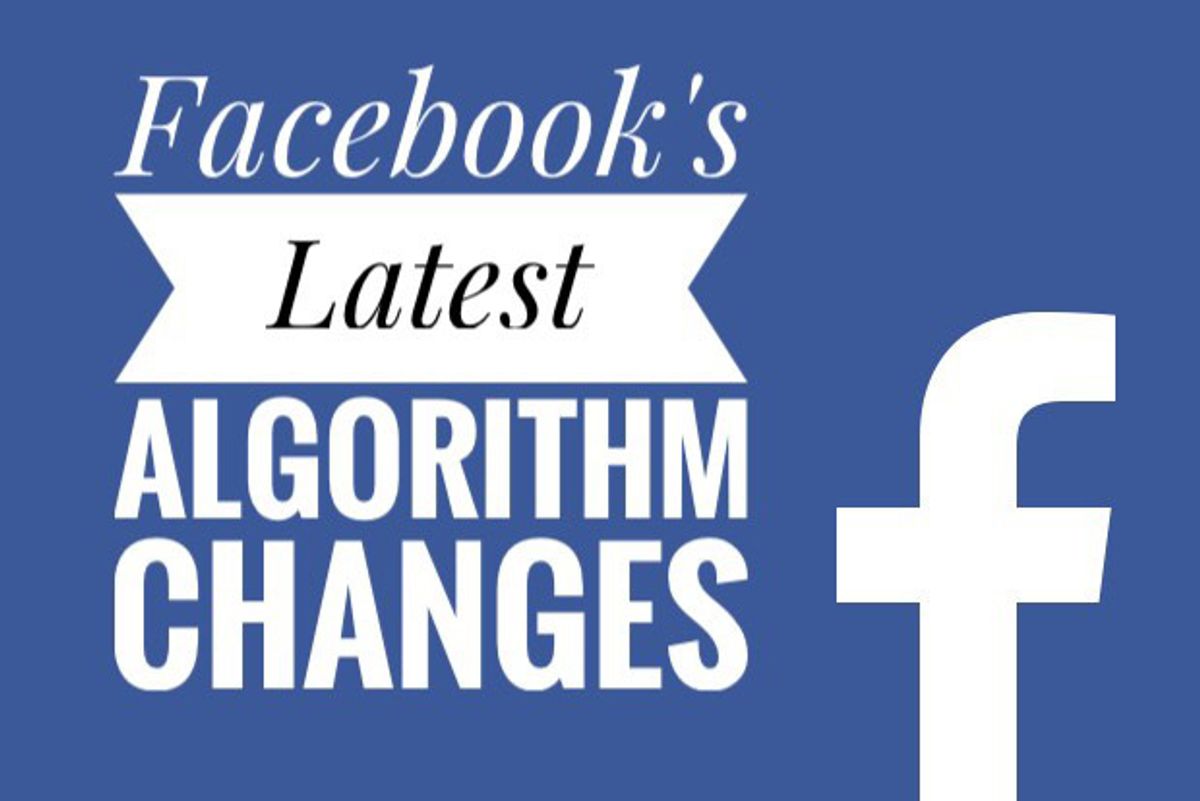
Tips and Tricks for Winning the 2017 Algorithm
Since launching the Facebook Journalism Project earlier this year, Facebook is making an effort to release updates that ease publishers' platform woes. In October, we saw a lot of this — first with changes to Instant Articles monetization, and then with News Feed Publisher Guidelines.
We're firm believers in the magic of Instant Articles, and constantly preach that it can tremendously help your social strategy. Big publishers like The Atlantic who have remained committed to using the format as part of their distribution strategy have reaped the benefits. The Atlantic has seen a 40% year-over-year increase in unique visitors on mobile, thanks in large part to Instant Articles.
And with premium subscriptions being the next big focus of news publishers, Facebook is listening and testing new subscription models in Instant Articles. The new test gives publishers control over pricing, offers, subscriber relationships, and 100% of the revenue. Find out how it works here.
Another big October update focused on the News Feed. Publishers continue to demand answers for what ranks well, and how to best cater content to their audiences. Facebook has since introduced their News Feed Publisher Guidelines — a set of "do's and don'ts" that center around what users value. It's intended to give better insight into the type of content readers value and crave. The main takeaways are that users value:
- Content that's meaningful and informative
- Accurate, authentic content
- Standards for safe, respectful behavior
We're now finding that video ads are toxic, and if you have a video ad on your site period, the Facebook gods are not going to favor you. You'll most likely see a drop in reach because of this.
On May 10 of this year, Facebook made it official: They rolled out an update that lets people see fewer posts and ads in the News Feed that link to low-quality web page experiences.
Facebook refers to "low-quality sites" as those "containing little substantive content, and that is covered in disruptive, shocking or malicious ads."
This is a very similar approach to what Facebook has recently done to combat fake news, focusing their updates on halting misinformation and giving more breathing room to quality content.
Facebook's Newsroom officially dove into this issue to explain why:
"We hear from our community that they're disappointed when they click on a link that leads to a web page containing little substantive content and that is covered in disruptive, shocking or malicious ads. People expect their experience after clicking on a post to be straightforward."
The way Facebook is handling this at scale is through AI automation. Here's how it works:
- Posts with links to sites that include spammy links or ads will see their reach drop.
- Spammy ads are now blocked from being approved.
In addition to the artificial intelligence, Facebook will rely on input from users (through surveys) to update and sharpen their AI algorithm. They'll likely also continue to use the data they receive from users when posts are marked as spam.
Per Facebook:
"This update will help reduce the economic incentives of financially-motivated spammers."
And with that statement alone, it's rather clear that the war on bad-quality content has begun.
If you navigate your own site and feel like annoying ads keep blocking your reading experience, then you probably have to review what you've implemented ad-wise so far.
There's no doubt that bombarding your site with ads is no longer sustainable and will hurt you in the long run, so here are our recommendations on how to approach the new era of digital publishing:
If It Looks Like Spam, It's Out
If you have any pop-ups, interstitials, auto-launch boxes, or any other sort of intrusive content that is blocking most of your pages, we strongly suggest you remove it.
Some amount of ads is acceptable, of course, but the more you disrupt the user's reading experience, the more your Facebook reach will get penalized.
No Sexually Suggestive or Shocking Content
We've seen clients have issues with this type of content already — mostly with Google Ads — and Facebook is jumping on this train as well.
Clickbait Ads Are Dead
Also this past May, Facebook rolled out a second update as part of their ongoing effort to reduce clickbait articles, putting separate signals in place to determine whether a headline withholds or exaggerates information.
Facebook will not be good to you if you enable ads that require people to click on images that are excessively cropped, misleading, or deceptive. Ad copy is also included in these expectations, so make sure you're not serving up those types of advertisements at all on your site.
A Good Rule of Thumb
In Instant Articles, Facebook states that ads should not go over 15% of the page. A good rule of thumb to follow.
Facebook and Google both favor mobile experiences, so it only makes sense that they're striving toward less ads on smaller screens.
Authenticity or Bust
On August 17, Facebook announced two significant changes that limit spammy practices surrounding video content. Fake video-play buttons embedded in imagery and videos of only a static image now rank lower in the News Feed. A week later, Facebook revealed that they will now block ads from Pages that repeatedly share fake news. The message was clear: Create and share authentic content, or risk losing revenue and followers.
At the beginning of the year, we saw an algorithm update that favors "authentic" and "timely" posts. In an effort to show users more relevant and authentic stories, Facebook has begun using various signals to determine whether a story will resonate with a reader or if it's misleading. For example, if someone is asking for likes or if a post is hidden often, Facebook looks at these factors and won't rank the content as high in the News Feed.
User Experience is #1
User experience continues to be an important focus of various algorithm updates. Toward the beginning of this year (January 26), Facebook announced that longer videos would rank better than shorter ones in the News Feed in an effort to better serve relevant videos and keep the attention of its users. The idea is that longer videos take more of a commitment to watch, and those with high percent completion (the percentage of each video watched) must be more compelling and engaging to audiences.
Then, on August 2, Facebook announced it would show fewer links to slow-loading websites. They even shared tips for developers on how to increase load times. This update set out to alleviate the frustration that comes when users click on a link that sends them to a slow web page. A critical factor given that Facebook says "as many as 40% of website visitors abandon a site after three seconds of delay."
What Hasn't Changed: Quality Is Still Key
It's just as important to note what hasn't changed, and good ol' quality content is still key to winning the Facebook News Feed game. If you're content team is churning out consistently great posts, but you still can't budge in the reach department, there are a number of ways to make sure you're winning at both.
- Create long-form content. Long-form content that is worth scrolling for is key to higher CPMs, engagement and sharing from your audience. Plus, it ranks higher in Google. A win-win.
- Go "all in" on Instant Articles. When we say "all in" on Instant Articles we mean every post has to be published as an Instant Article at least once. Not only will converting all your articles to Instant Articles grow your overall reach, but it will grow your website's total traffic too due to the leakage from desktop and mobile web. Plus, we highly suggest that you get acquainted with monetizing them via the Facebook Audience Network, which is Facebook's native ad service for Instant Articles.
- Don't rely solely on video. We were also onboard the rising video trend and preached its powers, but those powers are shifting. Video on Facebook has grown more complicated. Writers are very much important again-- and not just writers, but true content curators who can build engaging pieces of content that bring in reach and revenue. You absolutely need video, but you also need the mix of content that creates deep engagement and repeat loyalty to win on Facebook.
What This Means for Publishers
It's best to adapt to Facebook's suggested principles as a guiding factor for what to share and how to have a successful social distribution strategy. The goal of the News Feed is to present the most relevant and engaging stories to its users, so staying consistent and poised for change is key to remaining relevant.
RebelMouse was built in the age of social — our CMS is designed to keep up with the speed of the tech giants. We're able to adapt to platform changes fast enough to avoid the natural traffic penalty of falling behind the times. We live and breathe change, most recently helping one of our clients see a 298% increase in Facebook traffic immediately after launch.
Our CMS fuels crazy-fast content, so you don't have to ever worry about speed affecting your content's distribution or user experience. To learn more about how RebelMouse can help, request a proposal today.
- 3 Important Updates To Facebook Algorithm in January 2017 ›
- Facebook News Feed Algorithm Updates August 2017: How They ... ›
- Top Facebook Updates That You Can't Afford to Miss - September ... ›
- Facebook News Feed Algorithm History | 2017 Update | Wallaroo ... ›
- 5 Ways to Make Your Facebook Page Beat Facebook's Algorithm ›
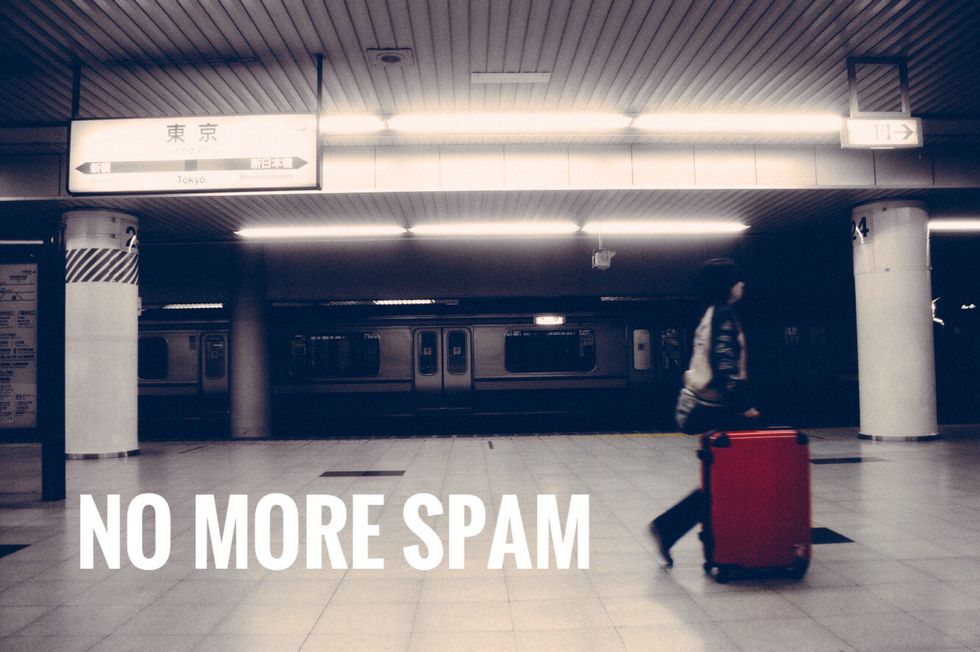
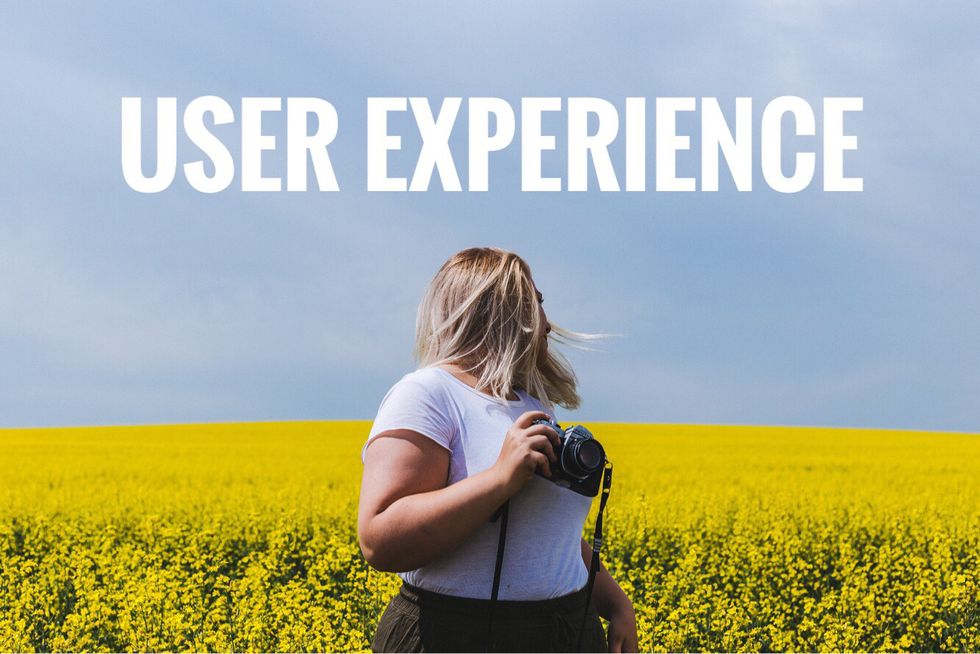
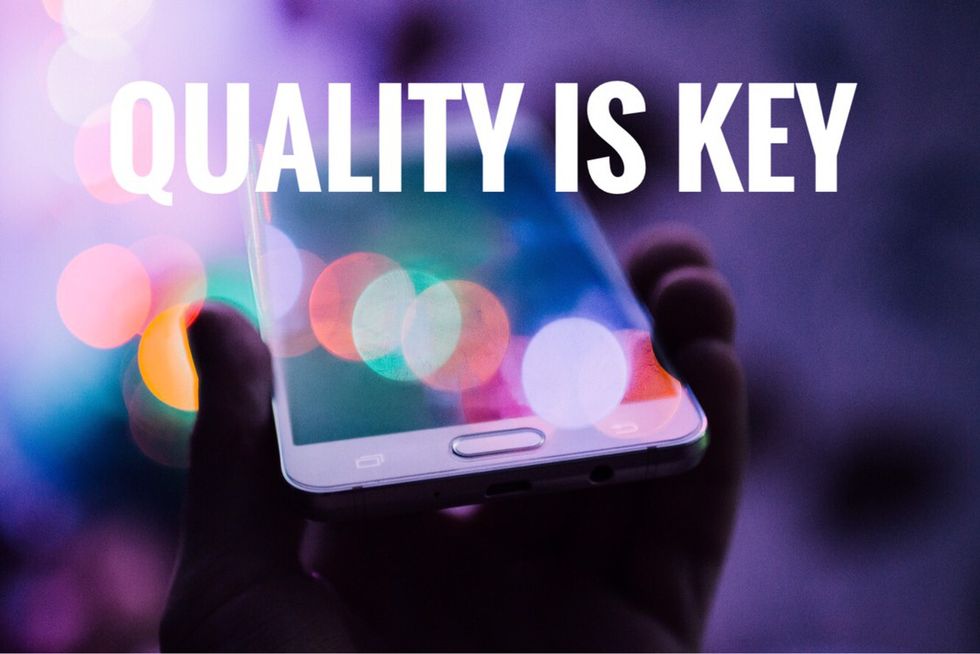
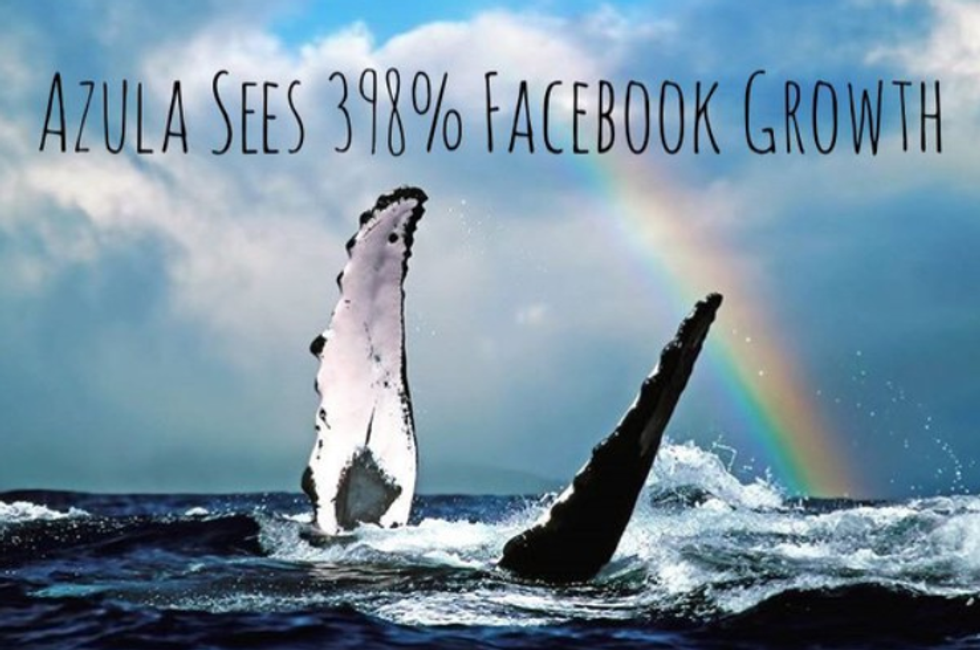
![Best CMS for News Websites and Large-Scale Publishing [2024]](https://www.rebelmouse.com/media-library/image.png?id=51952819&width=600&height=600&quality=85&coordinates=350%2C0%2C350%2C0)












































































